When you think about cable pulleys, the first two workouts that come to mind are triceps and back. However, there are so many more exercises you could do besides triceps pushdowns and working out your lats.
The good news is that you can make your own cable pulley machine, and it’s quicker than you think.
In this article, we will show you 3 methods you can use to make an easy DIY cable pulley system for your home gym.
We’ve included videos and written instructions to walk you through the steps.
The first method is the Super Simple DIY Pulley (the name says it all). The second is the homemade tricep pulldown.
Both of these do-it-yourself home gym projects are so basic you can probably find most of the materials in your garage.
The third method is an adjustable DIY cable crossover that’s a little more complex but allows you to perform more exercises.
We also laid out the tools and supplies you’ll need along with simple, numbered steps you can follow.
The Homemade Cable Machine – Here’s Why You Want It
We know you are pumped and want to start making your own pulley system ASAP, but let’s get you even more excited by listing some of the advantages.
One of the main problems with exercising with free weights is that they only work against gravity.
Don’t get us wrong, we love free weights too. In fact, we have shown before how to make your own weights (which we highly recommend), but cable exercises target your muscles differently.
Dumbbells are great for movements that involve lifting upward, for example doing biceps curls. But with a pulley machine, you can do exercises in which you push downward, for example, the triceps pulldown and lat pulldown.
With a cable machine, you essentially reverse gravity, which lets you hit muscles more effectively by creating constant tension throughout the motion.
We cover three kinds of homemade pulleys, the second one is an adjustable DIY pulley. If you build two such pulleys you essentially have a homemade functional trainer. It may not work the same as the best functional trainers, but it may do the job, and at a fraction of the cost of a home functional trainer.
Having a cable machine with an adjustable origin point gives you many more angles and planes of motion. This translates to being able to perform more exercises and target more muscle groups.
When your home gym or workout space at home is limited, your aim is to do as many exercises as you can using the same equipment, a DIY adjustable pulley fits the bill.
The precise control that cable resistance gives you is also great if you want to isolate and load up on specific muscles. With a homemade tricep pulldown, for instance, you can lift more weight with good form than an overhead tricep extension, and with much less danger to your head. More weight equals bigger triceps and quicker.
This can also help protect you from muscle and back issues. If you try to lift a dumbbell that’s too heavy for you, your other muscles will try to pitch in, and your back may bend to shift your center of gravity. The specific angles of the cable pulley system promote proper form and prevent injuries caused by imbalances or compensation.
Another important benefit is that you can get constant resistance from a cable pulley system. Free weights tend to lose resistance at certain points, usually around the top and bottom of most movements. Cable resistance stays taught throughout the entire movement. That helps give you an extra burn, which makes your muscles look more defined.
If you prefer not to go the DIY route and don’t mind spending a bit more money, the Spud Inc pulley is a popular option with a 550-pound max load and a 75-foot long cable, or the No products found. home lat pulley system.
However, if you want to save money, and maybe even enjoy making your own workout gear, then keep reading. In fact, keep reading anyway because this article is packed with useful tips!
Oh, and we don’t want to forget that if you want to build a thicker back, we recommend you also do pull-ups and chin-ups. And no, you don’t have to buy it. Making your own pull-up bar is one of the easiest home gym equipment to build.
3 DIY Pulley Systems
1. The Super Simple DIY Pulley
TOOLS
- Pliers with wire cutters
- Lighter
SUPPLIES
- 1 Nylon rope, about twice the height of the structure where you’ll suspend your pulley, plus a little extra for tying knots. This should be thin enough to fit through the pulley but durable enough to hold the weight you want to lift.
- 1 pulley
- 1-foot length of PVC or metal pipe, for the handle
- 3-foot length of galvanized wire
- 1 S-shaped iron hook
- 1 Carabiner
- Something heavy you can attach to the iron hook as a weight
STEPS
- Cut the length of galvanized wire in half using the wire cutters.
- Starting from the middle of one of the lengths of wire, wrap it tightly a few times around the middle of the pipe using the pliers. Then twist the remaining loose wire ends into a homemade loop. You can twist the wire around itself first to make the loop doubly strong. Now you have a handlebar with a loop.
- Tie a knot at one end of the nylon rope. Use the lighter to melt the end of the knot so it doesn’t come untied.
- Tie a second knot immediately behind the melted end knot, and close it around one side of the S-shaped iron hook.
- Find a tall structure that you can use to suspend your pulley. You can use the exposed bars in the ceiling of a shed or garage, a high tree branch or a porch beam.
- Thread your remaining length of galvanized wire through the loop at the top of your pulley, then use the pliers to wrap the ends of the wire firmly around your solid tall structure. Wrap as many times as needed for safety.
- Thread the open end of the nylon rope through the suspended pulley. Once it’s through, tie and melt a knot at this end too.
- Tie a second knot at this end as well, and close it around the carabiner.
- Grab your pipe handle that now has a wire loop sticking out of the middle. Hook the loop onto the carabiner. Now your DIY pulley system has a handle.
- Attach the S-shaped hook at the other end of the nylon rope to something heavy, and pump those muscles!
TIPS
- If you have some extra nylon rope, you can make a rope pulldown accessory for your cable machine. Use about a two-foot length of rope, and tie and melt a knot at either end. To use it, remove the pipe handle from the carabiner, and attach this rope handle instead.
- For your weight stack, you can use a bucket full of rocks, a jug full of sand, or even an actual weight plate with a hole in the middle.
- Here’s a good discussion on Reddit about the best kind of pulley to use.
- Some tips on how to pick the right kind of rope and other materials.
2. The Homemade Tricep Pulldown
TOOLS
Nothing, except a web browser to look up how to tie a strong knot
SUPPLIES
- 1 Swivel pulley
- 1 Pull up bar or other high horizontal structure to attach pulley
- 1-foot length of hollow pipe (metal or PVC) that fits like a sheath around the pull up bar
- Weight plate or other heavy item to lift
- 30 feet of rope strong enough to hold the weight and thin enough to fit through the pulley
- 1 Belt or short rod to use as a handle
STEPS
This is a truly amateur DIY pulley system. You may already have some rope and pieces of pipe lying around, in which case the only thing you’ll need to buy is the swivel pulley.
- If you’re using a pull up bar to attach the pulley, slide the hollow pipe over the bar first. This will distribute the weight of your pulley system over a larger area to avoid snapping the bar. If your high structure is already strong enough on its own, you can skip this step.
- Cut about a one-foot length of rope and use it to tie the swivel pulley to the pipe-covered pull up bar or other high structure. Make sure to use the strongest knot you can find to avoid injury or property damage.
- Cut an appropriate length of rope long enough to pass through the pulley and hold a weight stack on one end and a handle on the other. Thread the rope through your mounted pulley.
- Tie one end of the rope to your weight plate and the other end to your belt or handle. Make sure these knots are also as strong and tight as possible so the weight and handle can’t slip out and damage something.
- Hit those triceps hard!
TIPS
- You may want to put a chair, mat or something else soft under the weight plate. That way, if you lift to the point of failure, you won’t have to worry about the weight landing hard and ruining your floor.
- Here’s some more great info on Reddit on what kind of rope and other accessories to use for a long-lasting pulley system.
3. DIY Cable Crossover With High & Low Pulley Setup
TOOLS
- Socket wrench
SUPPLIES
- 2 Swivel pulleys (Using a pulley with a swivel will give you more angles of resistance.)
- 4 Carabiners
- 4 Cable thimbles
- 8 Cable clamps
- 8 Soft-loop tie-down straps
- 2 10-foot lengths of vinyl-covered wire rope
- 1 Delta Quick Link, to use as a loading pin (optional)
- Weights, for the weight stack
- Power rack or other tall structure to anchor the pulleys
STEPS
ATTACHING THE PULLEYS
First, we need to attach the two pulleys to the two wire rope cables, then put a thimble loop on each end of both pulley-cables. Let’s do it one at a time.
- Thread one wire rope cable through one swivel pulley.
- The cable clamps should have a loop at the top and a screw-on nut at the bottom. Thread the wire rope through the loop end of two clamps. The screw-on nuts of both clamps should point downward. Circle the wire rope back around, and loosely thread it back through both clamp loops.
- That circle of wire is where you’ll insert one of the cable thimbles. Thimbles protect your wire rope from fraying with heavy use. Insert a thimble into the circle of wire, and pull on the end of the wire through the clamp loops until the wire circle tightens around the thimble.
- Use the socket wrench to tighten the nuts at the bottom of the clamps. This should keep your wire loop and thimble in place.
- Repeat steps One through Four to attach a thimble and two cable clamps to the other end of that wire rope. Now you should have one wire rope with a swivel pulley in the middle and a thimble loop at each end held in place by cable clamps.
- Repeat the whole process with the second wire rope cable. Now you should have two pulley-cables with thimble loops on all the ends.
MAKING A WEIGHT STACK
Next, we need to make a weight stack that we can attach to one end of our pulley. You can use a small weight plate or a Delta Quick Link at the bottom of the weight stack to keep the weights on the stack.
- Tie-down straps have a loop at both ends. Insert a tie-down strap through the Delta Quick Link or the hole in a small weight plate. Then thread one of the strap’s loops through its other loop to make an adjustable knot. This strap with a weight or Delta plug at the bottom will hold your adjustable weight stack.
- Clip a carabiner to the strap’s exposed loop. This is where you’ll attach your weight stack to your pulley system.
The above basic setup can be modified to use as a high pulley, a low pulley or a cable crossover machine. Now let’s show the steps for all three setups:
CABLE CROSSOVER SETUP
A cable crossover machine needs two pulley-cables suspended from a tall structure. These should be set at about shoulder width apart or wider so you can do crossovers and flies. If you have one, you can use a power rack or a pull up bar. If not, you can use an exposed ceiling beam on a barn or shed, or even a high tree branch.
- Loop a tie-down strap through itself around one end of your power rack or other tall structure. Clip a carabiner around the strap’s exposed loop. Then clip the swivel loop on one of your cable-attached pulleys through the carabiner. We’ll call this Cable One.
- Repeat on the other end of your tall structure with Cable Two. You should now have both ends of two cables dangling freely from two pulleys attached to your structure at shoulder width or wider. Each end of each cable should have a thimble held in place by two cable clamps, for a total of four thimble loops.
- Clip both thimbles at the back end of the two pulley-cables to the carabiner holding your weight stack. This will be your adjustable weight end. You can unclip the carabiner to load more weights onto the strap.
- Give your cable crossover machine handles by securing a tie-down strap to each thimble at the front end of the two cables. You can use different strap positions for different grips. Use a separate strap for each thimble when you want to do crossovers, or hook the thimbles together with the same strap when you want to do pulldowns.
- Pulling on either or both handles should now lift your weight stack.
HIGH PULLEY SETUP
The high pulley setup is almost the same as the cable crossover setup, but it only uses Cable One.
- Unclip Cable Two from your weight stack. Now you have a single pulley-cable with a weight stack on one end and a strap handle on the other end.
- Pull on the handle, and lift the weight stack with the muscle of your choice!
LOW PULLEY SETUP
For the low pulley DIY machine, we’re going to leave Cable One in place. We’ll use Cable Two to turn the high pulley setup into a low pulley setup. If you’re using a power rack, you can use one of its legs as your low anchor. If you’re using an exposed ceiling beam, tree or other structure, try to find a place somewhere below your high pulley to anchor your low pulley.
- Loop a loose tie-down strap through itself around the bottom of one of the legs of your power rack or other low structure. The strap’s exposed loop will be your low anchor.
- Now grab Cable Two. Unhook the carabiner from the strap that attaches Cable Two’s swivel pulley to the tall structure. You can leave the strap up there for the next time you want to do some cable crossovers.
- Snap the carabiner that’s still attached to Cable Two’s swivel pulley onto the exposed strap loop of your low anchor.
- Use another carabiner to attach Cable One to Cable Two. Specifically, hook that carabiner around the thimble on the front end of Cable One and then around the thimble on the back end of Cable Two that used to be attached to the weight stack. The other side of Cable Two should still be attached to a tie-down strap handle, and its swivel pulley should be attached to your low anchor.
- Pulling on the low strap handle should now lift the weight stack.
Cable Pulley Exercises & Home Workouts
After you finished making your own pulley and have an upgraded home gym setup, you have even less reason to go to the gym.
Let’s see some of the exercises to get you pumped.
In stark contrast to its name, the pulley is great for working pushing muscles. In your upper body, pushing is mainly done by your triceps, lats, pecs, and sometimes delts and core. Your lower body pushes with your glutes, quads, hamstrings, and calves.
Here’s a list of exercises you can do with a basic DIY cable pulley system. Most of these exercises work out multiple muscle groups, but we’ve divided them up by the major muscle they target.
We’ve included a video at the end that shows you how to perform many of these exercises.
Lats
- Cable crunches
- Lat pulldowns
- High cable rows
- Straight arm cable pullovers
- Underhand pulldowns
Triceps
- Tricep pushdowns
- Reverse grip tricep pushdowns
- Overhead tricep extensions
Delts
- Face pulls
Pecs
- Pec flies
Core
- Wood chops
- Core rotations
- Kneeling crunches
If you decide to make an adjustable DIY cable machine with a low pulley and cable crossover setup, you can also do these exercises:
Triceps
- Single arm kickbacks
Lats
- Single arm rows
Biceps
- Biceps curls
Delts
- Lateral raises
- Front raises
- Posterior delt flies
Pecs
- Cable crossovers
Quads
- Squat and rows
- Hip flexions
Glutes
- Standing hip abductions
- Standing hip adductions
- Hip extensions
- Cable lunges
- Cable lateral lunges
Calves
- Cable calf raises
Hamstrings
- Cable leg curls
High Pulley Exercises
If you’re not sure how to do some of the above exercises, this video will show you how to do the ones that involve a high pulley system:
Adjustable Pulley Full-body Workout
This video demonstrates a full-body workout using an adjustable pulley:





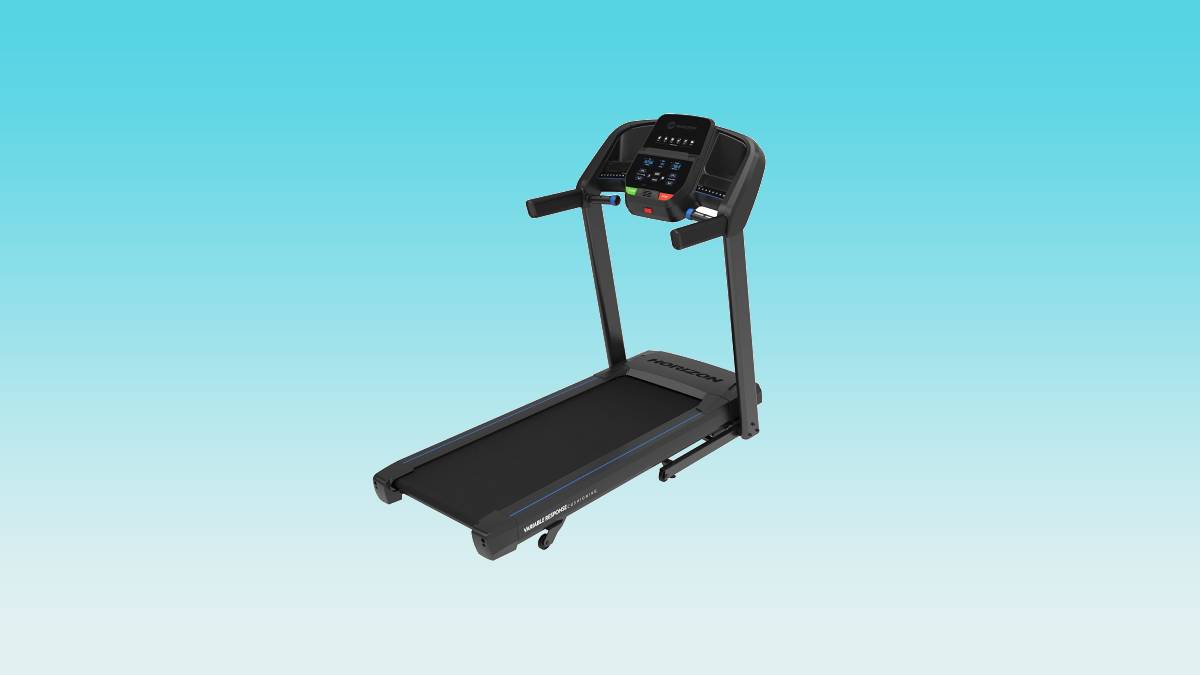
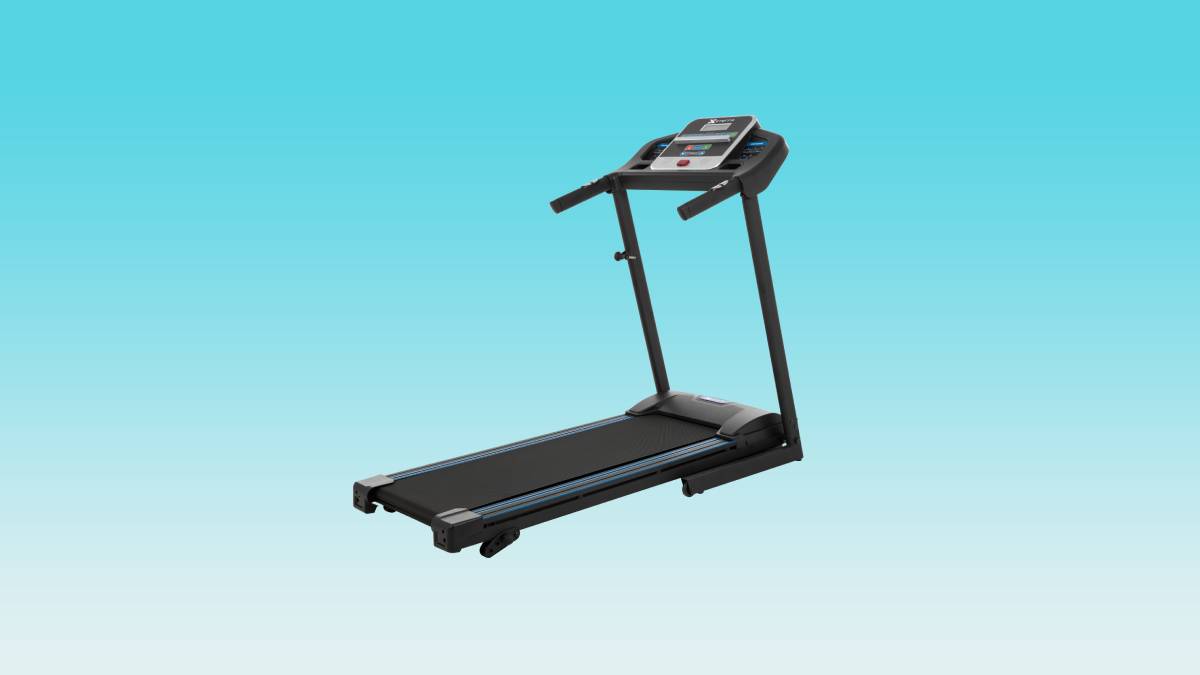
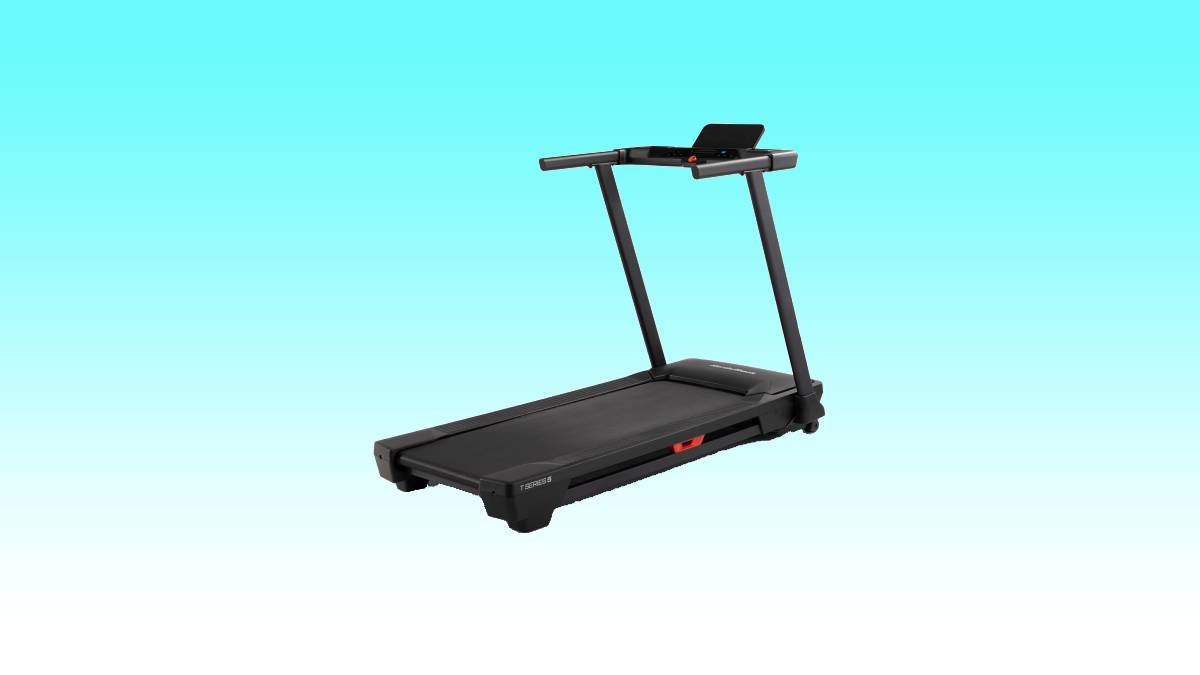
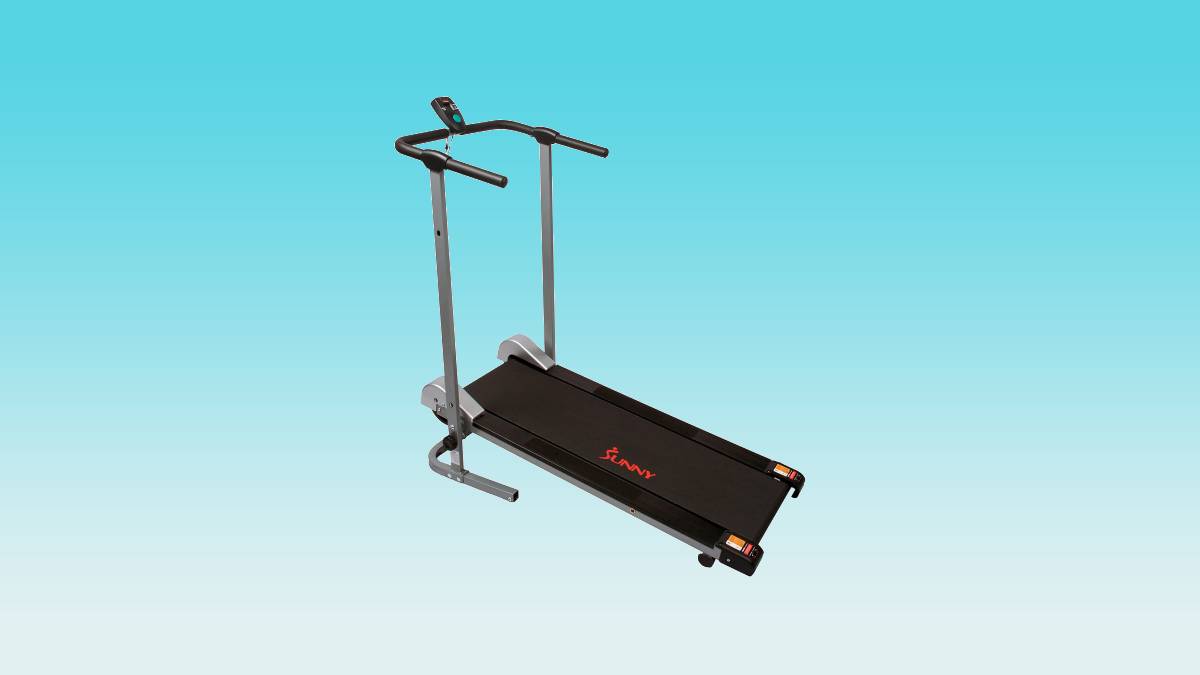
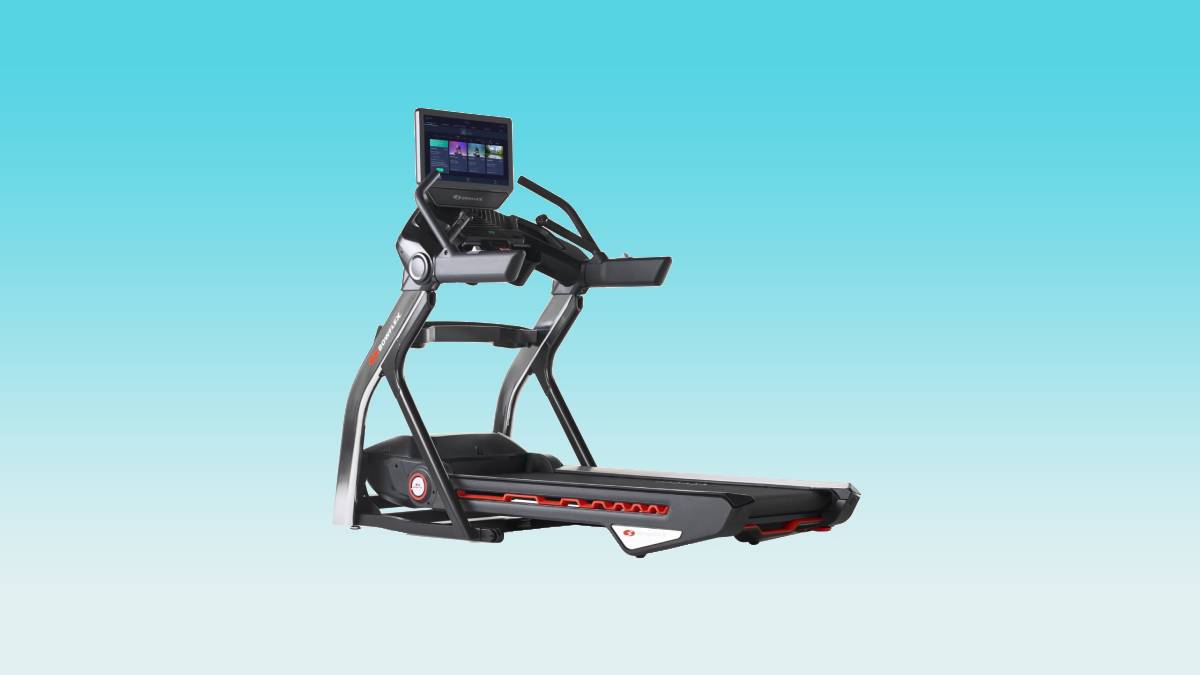
Leave a Reply